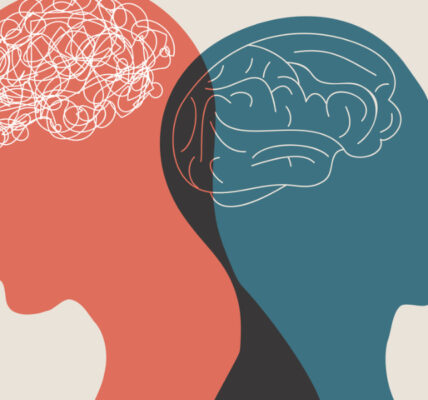In a world dominated by screens, constant notifications, and digital distractions, taking a break from technology has become more critical than ever. A digital detox—consciously reducing or eliminating the use of electronic devices—offers a way to reclaim time, focus, and mental well-being. By unplugging, individuals can experience various benefits, from improved mental health to better relationships and increased productivity.
Why a Digital Detox is Necessary
The overuse of technology has been linked to stress, anxiety, and sleep disturbances. Social media, in particular, can contribute to comparison syndrome, making people feel inadequate or disconnected from reality. Constant connectivity also affects attention span, making focusing on tasks or engaging in deep thinking difficult. Individuals can regain clarity, presence, and peace of mind by stepping away from digital distractions.
Benefits of a Digital Detox
Improved Mental Health: Reducing screen time lowers stress levels, improves mood, and reduces the risk of digital addiction.
Better Sleep: Excessive screen exposure, especially before bedtime, disrupts sleep patterns. Unplugging promotes more profound, more restorative sleep.
Stronger Relationships: By putting away devices, people can engage in meaningful conversations and deepen their connections with family and friends.
Increased Productivity: Without constant notifications and distractions, individuals can focus better and complete tasks more efficiently.
Enhanced Creativity: Unplugging allows the mind to wander and engage in creative thinking, leading to new ideas and perspectives.
Better Physical Health: Less screen time means more opportunities for physical activities like walking, exercising, or engaging in hobbies.
How to Implement a Digital Detox
Set Boundaries: Establish tech-free zones at home, such as the bedroom or dining area, to encourage screen-free interactions.
Schedule Screen-Free Time: Designate certain day hours to be free from screens. Use this time for outdoor activities, reading, or personal reflection.
Disable Notifications: Minimize distractions by turning off unnecessary notifications or putting the phone on silent mode.
Engage in Offline Activities: Pursue hobbies that do not require screens, such as painting, gardening, or playing an instrument.
Use Digital Well-being Apps: Ironically, technology can help manage screen time. Apps that track usage can encourage healthier digital habits.
Take a Social Media Break: Temporarily deactivating or limiting social media use can help break the cycle of mindless scrolling.
Go on a Digital-Free Retreat: Consider spending a weekend or a few days without digital devices to immerse yourself in the present moment fully.
Conclusion
A digital detox is not about altogether abandoning technology but mindfully using it. By taking breaks from screens, individuals can experience improved mental clarity, deeper relationships, and overall better well-being. In a hyper-connected world, sometimes, the best way to reconnect with oneself is to unplug.






